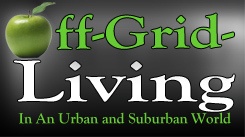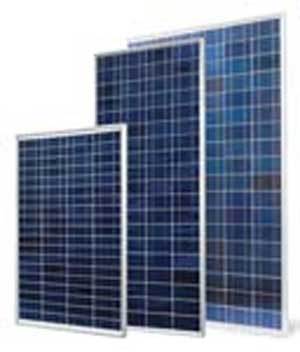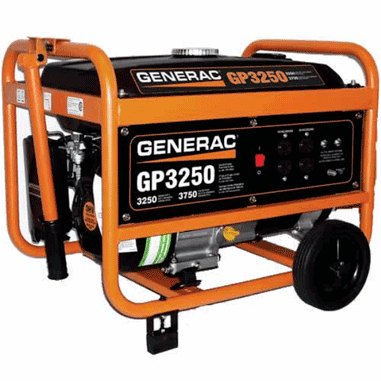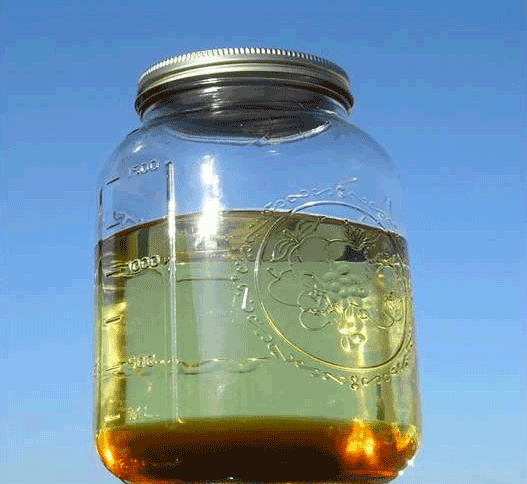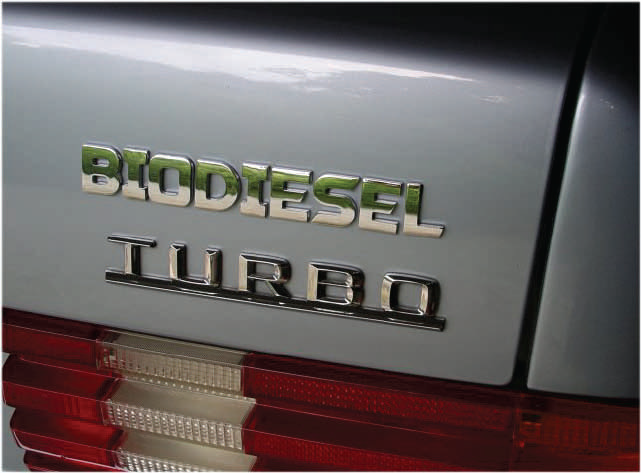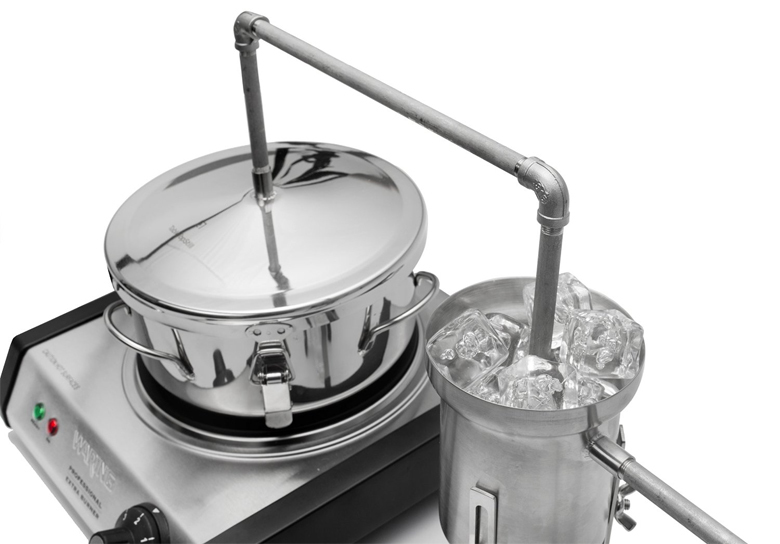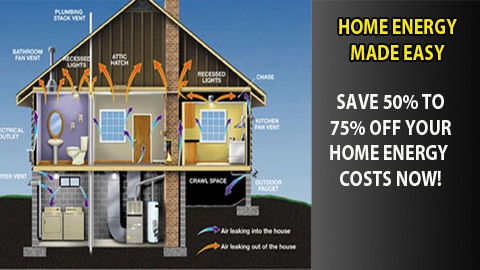
“Geothermal can be a huge source of energy very quickly.”
David Suzuki

Geothermal heating
and cooling has been in use by humanity since the paleolithic period. It continues to be used today. In 2004 more than 70 countries were taking advantage of geothermal heating for heating their homes and even for growing gardens.
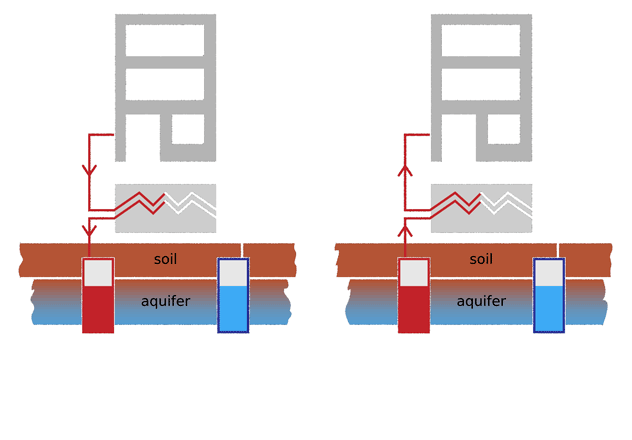
What is Geothermal Heating?
Geothermal heating is a central heating or cooling system that takes advantage of the earth in order to get the heat necessary to heat a home or business. Conversely, it uses the earth as a heat sink in the summer time to ensure that the home is cool enough.
What are the benefits of using geothermal energy?
Several attributes make it a good source of energy.
- First, it's clean. Energy can be extracted without burning a fossil fuel such as coal, gas, or oil. Geothermal fields produce only about one-sixth of the carbon dioxide that a relatively clean natural-gas-fueled power plant produces, and very little if any, of the nitrous oxide or sulfur-bearing gases. Binary plants, which are closed cycle operations, release essentially no emissions.
- Geothermal energy is available 24 hours a day, 365 days a year. Geothermal power plants have average avail-abilities of 90% or higher, compared to about 75% for coal plants.
- Geothermal power is homegrown, reducing our dependence on foreign oil.
How Does geothermal heating and cooling Work?
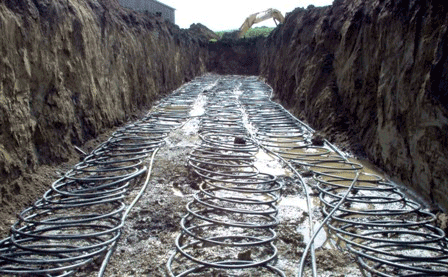
In the space approximately four to six feet below the earth, the ground temperature is fairly consistent and will stay that way the year around.
Creating a geothermal system means burying a system of pipes and then adding an indoor unit to handle the heat for you as well as a duct work system to distribute the heat. In this way you can take heat from the earth and give your home low cost energy.
In the winter time, geothermal heating takes away heat from the in-ground storage.This is known as using an earth loop to take heat out of the ground. To simplify it, the system will absorb the heat that is present in the earth The heat is then concentrated. It is then circulated using the heat pump to send warm air into your home. In the summer time the opposite method is used to sink the heat into the ground and give you cool air to circulate.
Bear in mind that while geothermal energy is known as free energy, it is costly to set up the initial system so the system may take years before it pays for itself.
The very same methods that are used to heat your home can also be used to heat the water that you use for bathing and to create other heat sources in the home. In the UK geothermal hot water heating is quite common and it is becoming more common in the United States.
In pioneer days the pioneers learned which areas had warm water available in the ground naturally and would often plant there, allowing them to grow bigger and better crops in many cases.
Types of Geothermal Heat Pump Systems
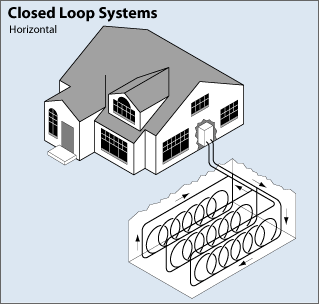
There are four basic types of ground loop systems. Three of these—horizontal, vertical, and pond/lake—are closed-loop systems.
The fourth type of system is the open-loop option. Which one of these is best depends on the climate, soil conditions, available land, and local installation costs at the site.
All of these approaches can be used for residential and commercial building applications.
Closed-Loop Systems
Horizontal
This type of installation is generally most cost-effective for residential installations, particularly for new construction where sufficient land is available. It requires trenches at least four feet deep.
The most common layouts either use two pipes, one buried at six feet, and the other at four feet, or two pipes placed side-by-side at five feet in the ground in a two-foot wide trench. The Slinky™ method of looping pipe allows more pipe in a shorter trench, which cuts down on installation costs and makes horizontal installation possible in areas it would not be with conventional horizontal applications.
If you want more in-depth info you might try this free download.
You Also Might Be Interested in...

Solar Hot Water Collector: The Best Guide to Building and Installing a Solar Hot Water System
Hello there, fellow solar enthusiasts! It’s great to be talking with you

Hybrid Solar Wind Power Generation System: Best Comprehensive Guide to Building Your Own Renewable Energy Solution
Hello there! If you are looking for an alternative energy source that

Solar Heating System: Best Comprehensive Guide to Building and Installing a Solar Heating System
As a solar heating system expert, I have seen firsthand how this

Solar Cooling: How to Keep Your Home Cool with Solar Energy?
Hey there, folks! As a solar cooling consultant with years of experience

Stand Alone Solar Power System: How to Build an Off-Grid Solar Power System for Your Home?
As the demand for sustainable energy solutions increases, stand alone solar power

Solar Heating Systems: The Different Types and Benefits Of Solar Heating Systems
As a solar heating systems expert, I know that these innovative technologies
